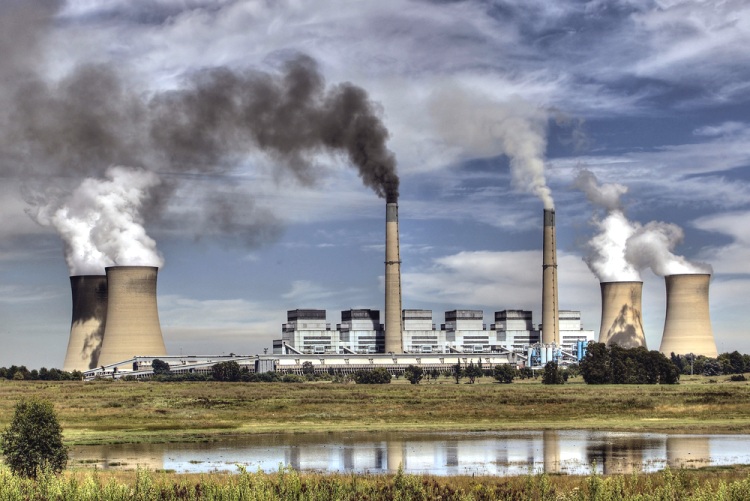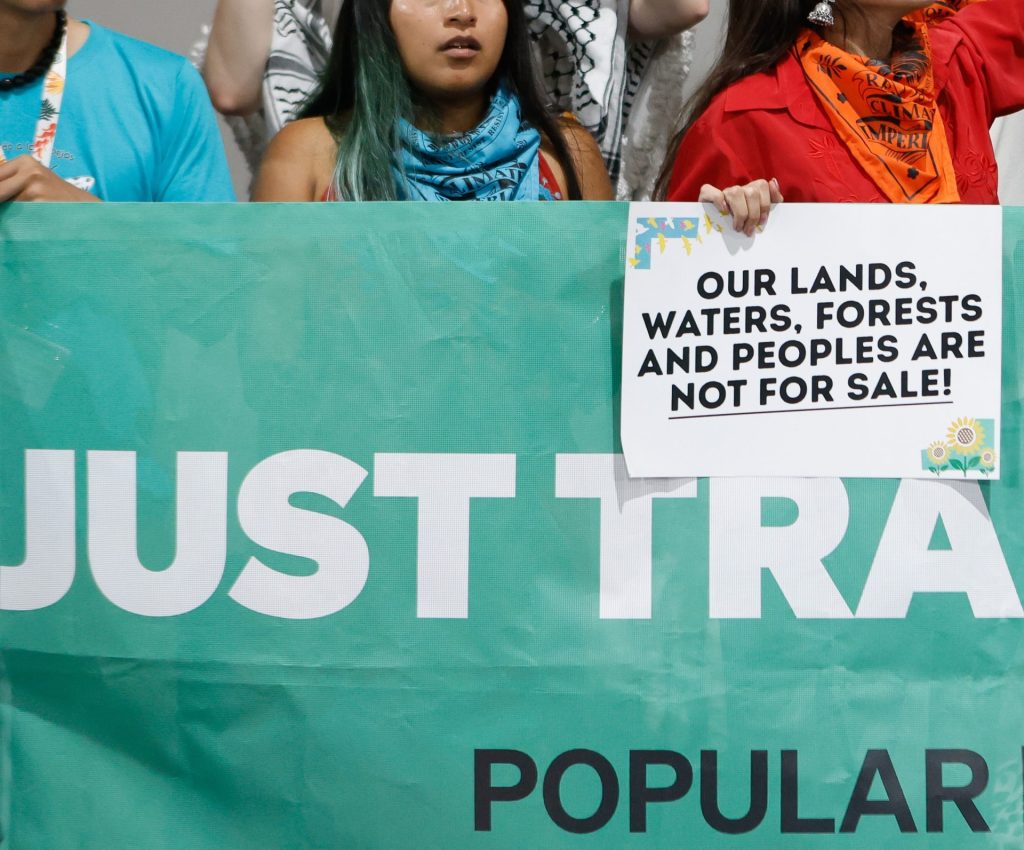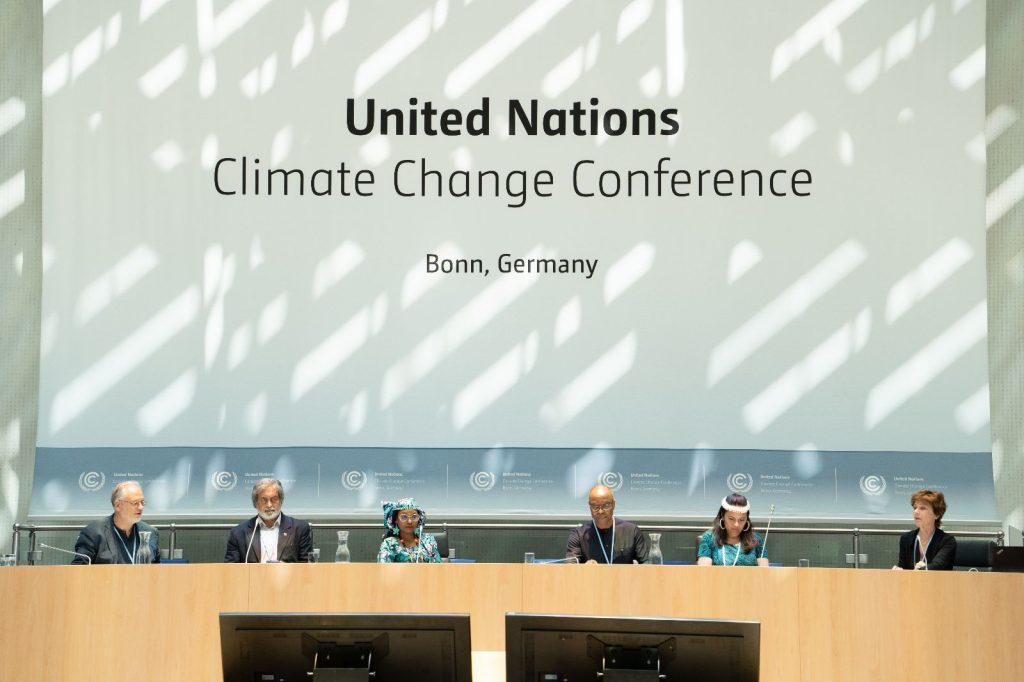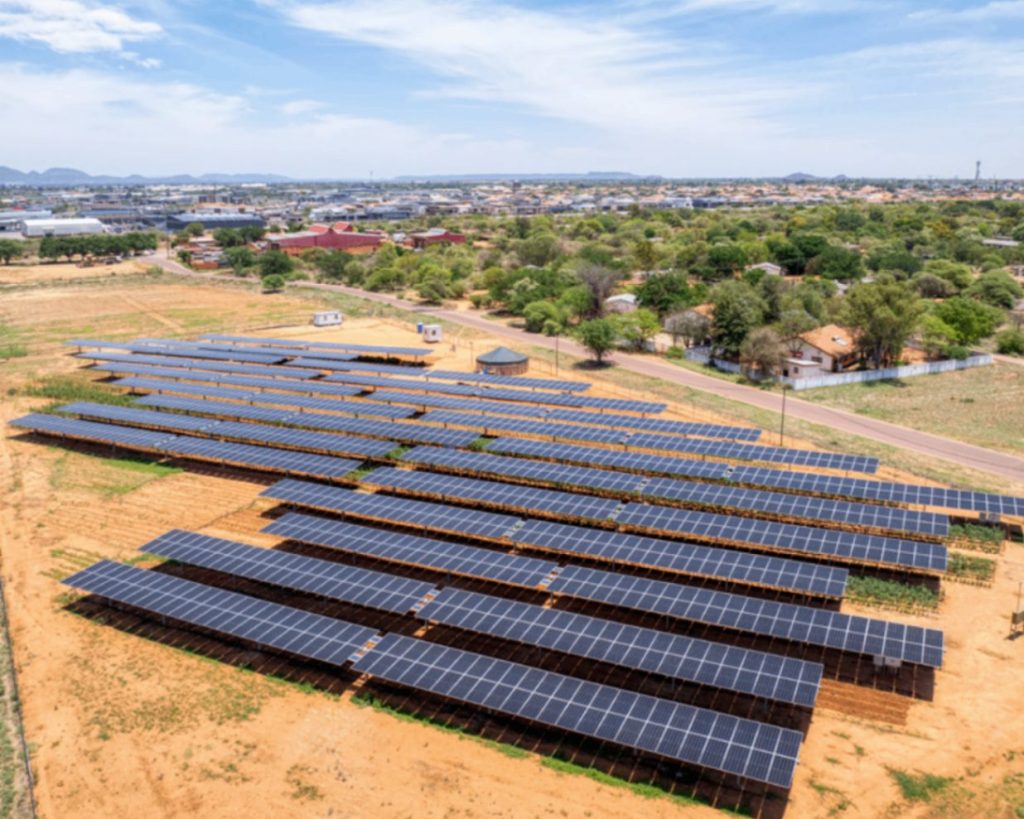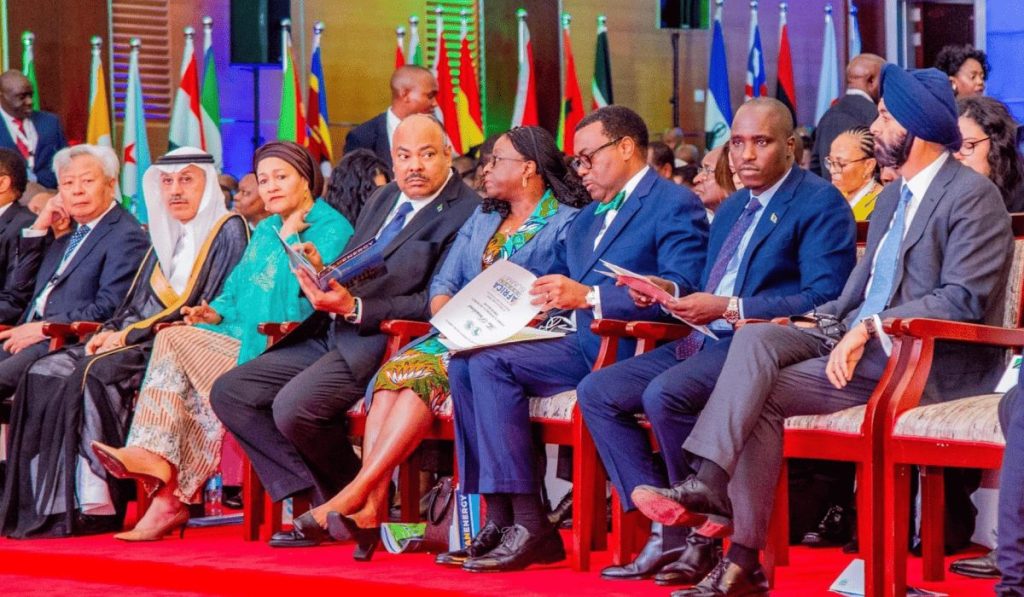Despite a dedicated UNFCCC work programme, progress towards the just transition has been slow. At the 2024 Bonn climate talks, developed and developing countries were unable to agree on a workplan and implementation measures, and at COP29 last year, countries could not agree on a draft text. Finally, countries were able to agree on draft text in the form of an informal note during the June climate talks known as SB62, in Bonn last week. With retreats from climate commitments and financial pledges from the Global North, what is the vision of a just transition for the Global South?
We spoke with Leanne Govindsamy, the Head of Just Transition at Southern Transitions, whose mission is to reform systems, bring together a range of stakeholders and promote knowledge sharing in the shift towards equitable low-carbon development. Partnerships lie at the heart of their work and their approach to realising the just transition. “We are trying to build bridges and connect actors that may not ordinarily find themselves in the same spaces, and come up with new and innovative ways of thinking about both challenges and opportunities.” Central to this mission is a horizontal approach to the just transition. By working from the ground-up with community partners and collaborating with public and private stakeholders, Southern Transitions supports an inclusive approach to decarbonisation. Govindsamy argues that although moving away from fossil fuels is an important climate and societal imperative – there is a need for greater collaboration. “When we think about public private partnerships, we need to recognise this is also a societal partnership. This is about being able to map socioeconomic implications, whether that be from a project perspective, specific regional development projects or whatever that may look like.”
South Africa’s steel sector stands an example of these implications. The steel industry is historically the backbone of South Africa’s industrial output. Through the state-owned Iron and Steel Corporation (ISCOR), the sector was also a tool for apartheid through labour policies which prejudiced the predominantly black labour force. The country is the second largest steel producer in Africa, with the sector making up 1.5% of South Africa’s GDP and accounting for roughly 190 000 jobs. The steel industry is South Africa’s second biggest emitter after energy, due in large part to its reliance on fossil fuels. However, transitioning away from fossil fuels has implications for already vulnerable communities, such as stranded assets, unemployment and environmental degradation. “We know what the harms of the steel sector have been in the past. We know that there needs to be restorative justice to address those past harms. Decarbonisation and reducing pollution must be infused with fairness and equity,” says Govindsamy.
Critical minerals are an important component of the conversation, and this year is a critical one to leverage the continent’s resource advantage, particularly within the G20 hosted in South Africa and BRICS summit in July. In a 2024 report on critical mineral value chains in Africa, the think tank outlines the role of critical minerals in the just transition, and the challenges and opportunities that lie ahead for African countries. As she explains: “each critical mineral value chain is very different and needs a very specific approach. Each country and each region needs to be looked at quite carefully as we develop these approaches.”
The African Union’s Green Minerals Strategy creates a continental framework to promote mineral beneficiation and responsible mining practices, and to locate Africa’s mineral wealth in sustainable development and industrialisation agendas. However, the implementation of such frameworks is not consistent. As much as there are benefits to these types of continent-wide policies, Govindsamy and Southern Transitions want to see the development of more localised interventions. Value chains for lithium in Zimbabwe may not need the same considerations as graphite in Mozambique. “We need more just transition frameworks at a regional level that help map out those priorities and add a lot more alignment and cohesion between different priorities and policies.”
Critical minerals are a significant factor in transitioning away from fossil fuels, with added economic benefits for African countries. The African Green Minerals Strategy includes a goal to “use green minerals to underpin Africa’s industrialisation towards electrification, creating green technologies and sustainable development.” However, the extraction and processing of these minerals raise questions about current development models. As Govindsamy notes, there is a danger of replicating extractive systems and models in the name of sustainable development. A true just transition in the Global South entails a shift towards more equitable partnerships and engagement between the private, public and local stakeholders. “How do you ensure that this (green industrialisation) is not something where the economic value primarily benefits the private sector? How do you ensure that the systems themselves are set up in a way that leads to real and sustainable development on the ground? It comes down to mapping out how systems need to change in order to benefit communities and benefit national economies”, says Govindsamy.
Govindsamy points to green iron production as an example, with the use of green hydrogen in iron and steel production offering a lifeline for carbon-intensive industries. Namibia opened the first green iron plant in Africa, using renewable energy sources to produce iron without carbon emissions. It coincides with the launch of the African Green Hydrogen Report, which assesses the state of Africa’s preparedness to build a green hydrogen economy.
Central to mapping out these new systems is adaptation. The inclusive and equitable shift towards low-carbon development and a green economy will require restructuring economic, political, environmental and societal structures. Govindsamy believes that the just transition should include adaptation measures. “If we think about adaptation, it is about building something. It is about building systems. If you take a particular approach to communities benefiting from conservation and stewardship around nature-based solutions on adaptation, then you ensure that they have access into parts of the economy that they have not had access to before. You have got to now consider adaptation in the context of development. Development is supposed to have multiple benefits, and you can see how taking a just transition approach to that development could help advance adaptation in a fairer way. We need to have a fair and equitable approach even as we think about adaptation, where adaptation finance is going and what purpose it serves,” says Govindsamy. In this way Southern Transitions works to support an expansive approach to the just transition that goes beyond just the labour force and mitigation, rather being community wide and addressing all of the implications of climate change, including adaptation.
Southern Transitions is a non-profit climate and transition think tank working to advance the just transition in the Global South.

